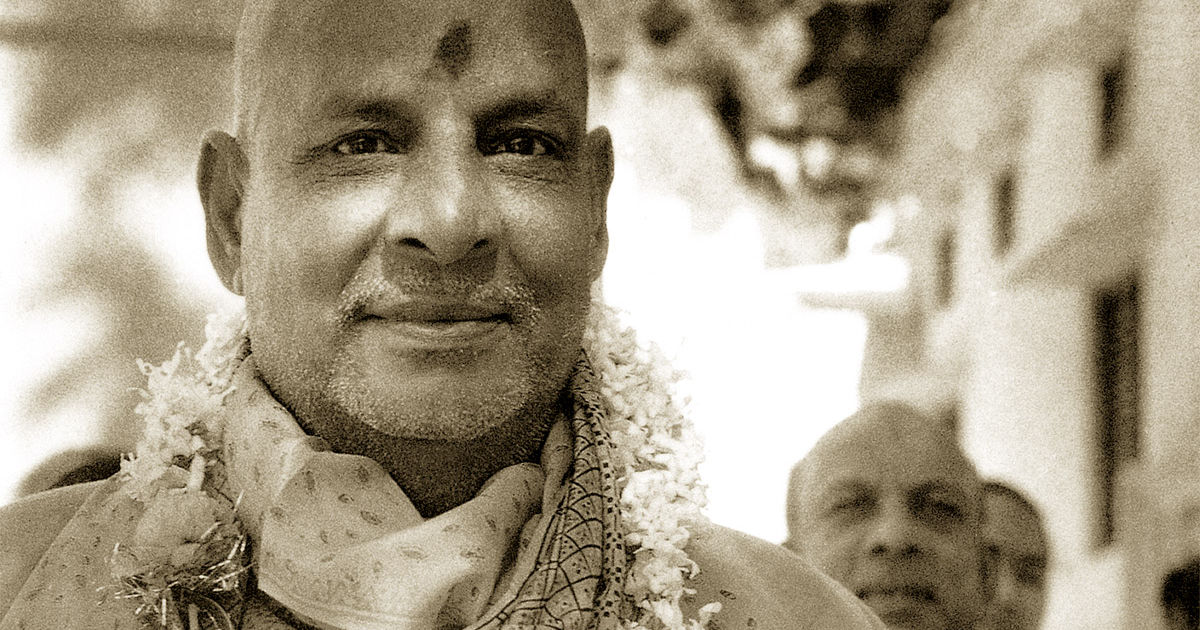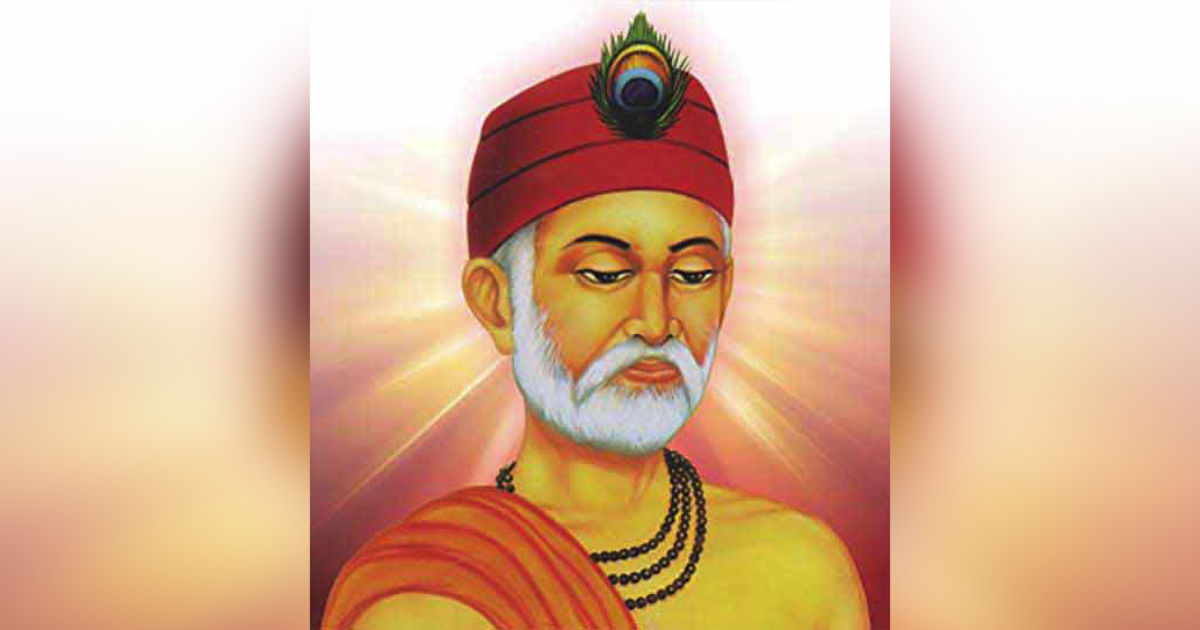Our possessions, what are they? Are we possessive by nature? Do we covet everything, others have? Are we possessive about our loved ones? Do we pride ourselves on our possessions? I am not going to write the list of all the things that we are possessive about.
What Do you own? – Osho









